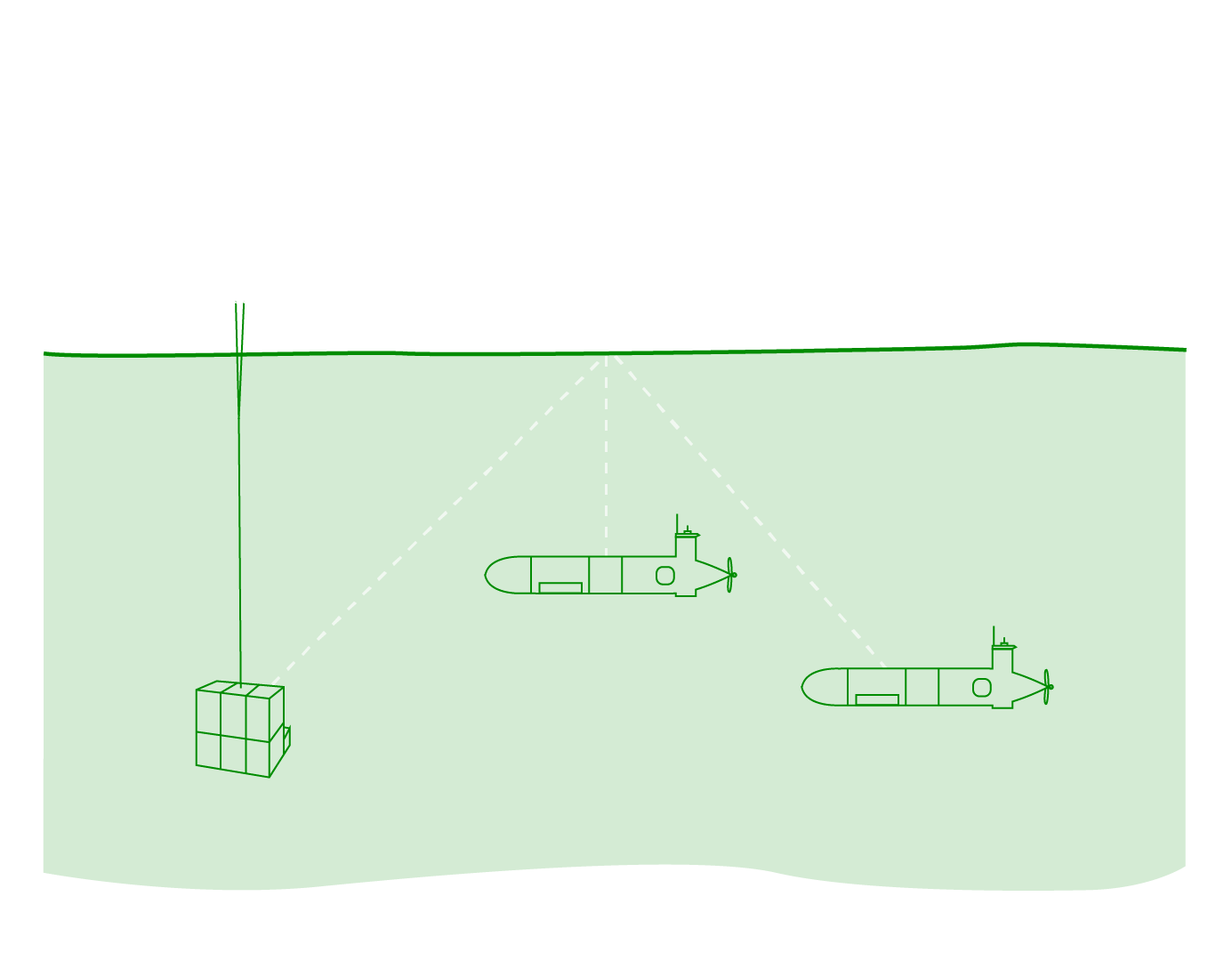
MarOps
- Submersibles and Submarines
- AUVs, ROVs, USVs
- Gliders
- Autonomous Landers

How It Works
Step 1
Install MarOps on your vessel (if there is no internet access) or in the cloud
Step 2
Work with our team to create mission templates and sensor data flows
Step 3
Plan your mission - define checklists, forms, assets, sensors and more
Step 4
Execute your mission and collect data
Step 5
Analyse the results and generate reports
Limiting Factor
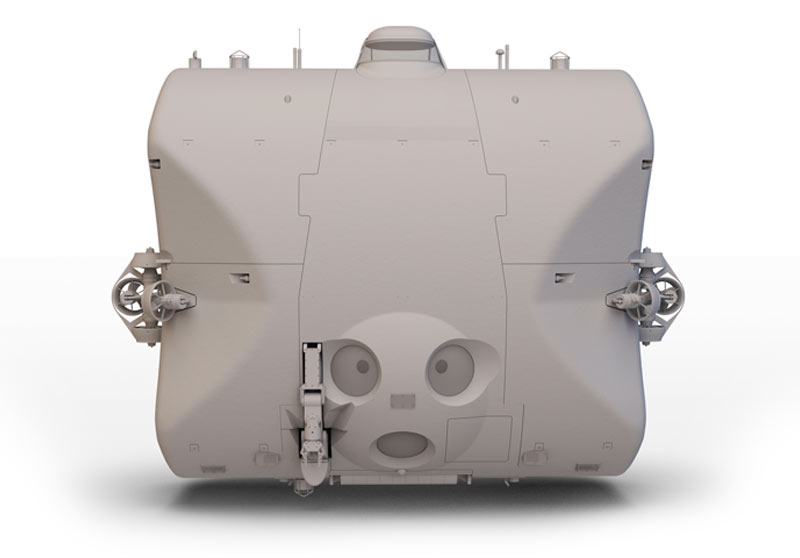
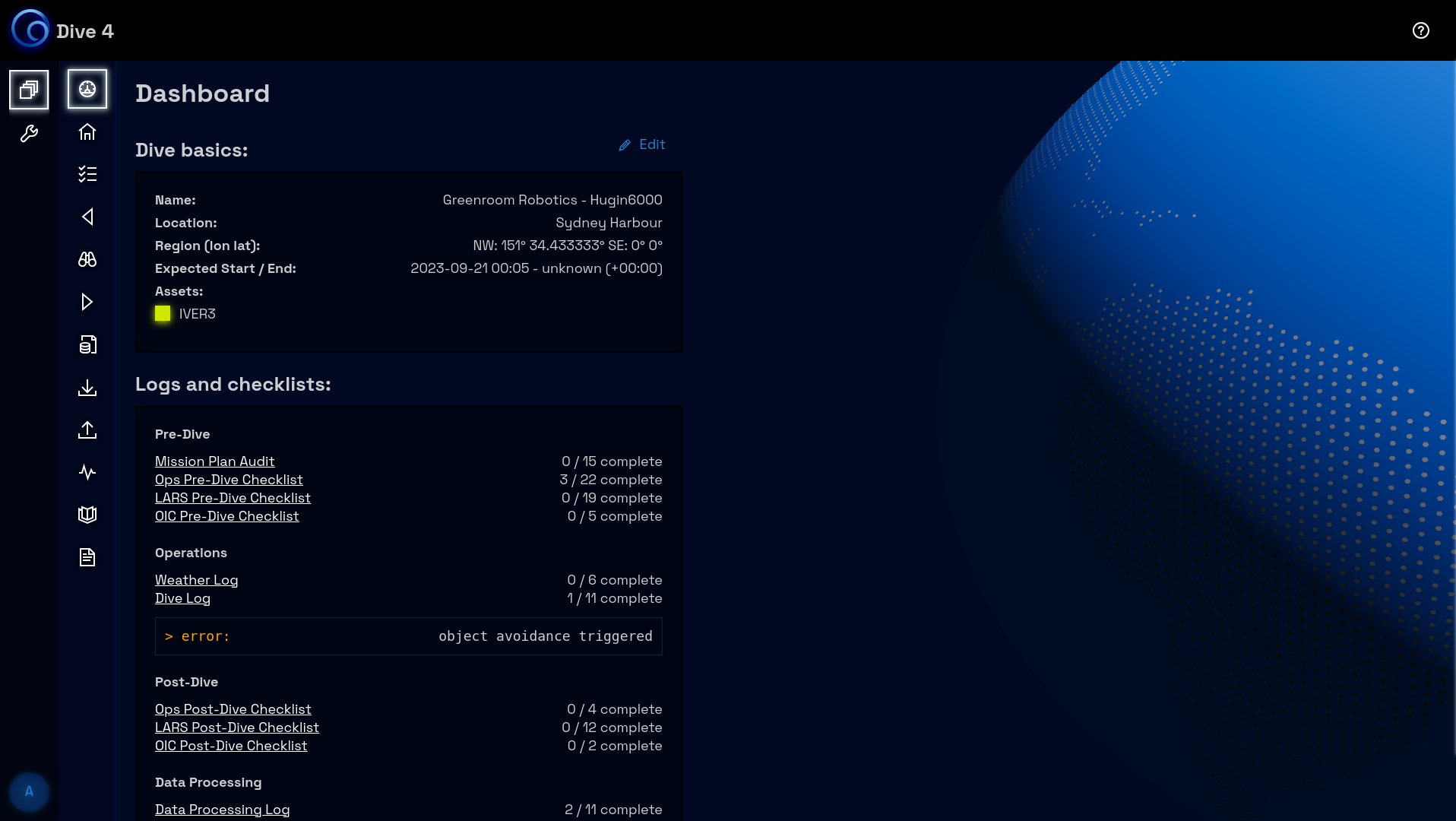
Plan

Operate
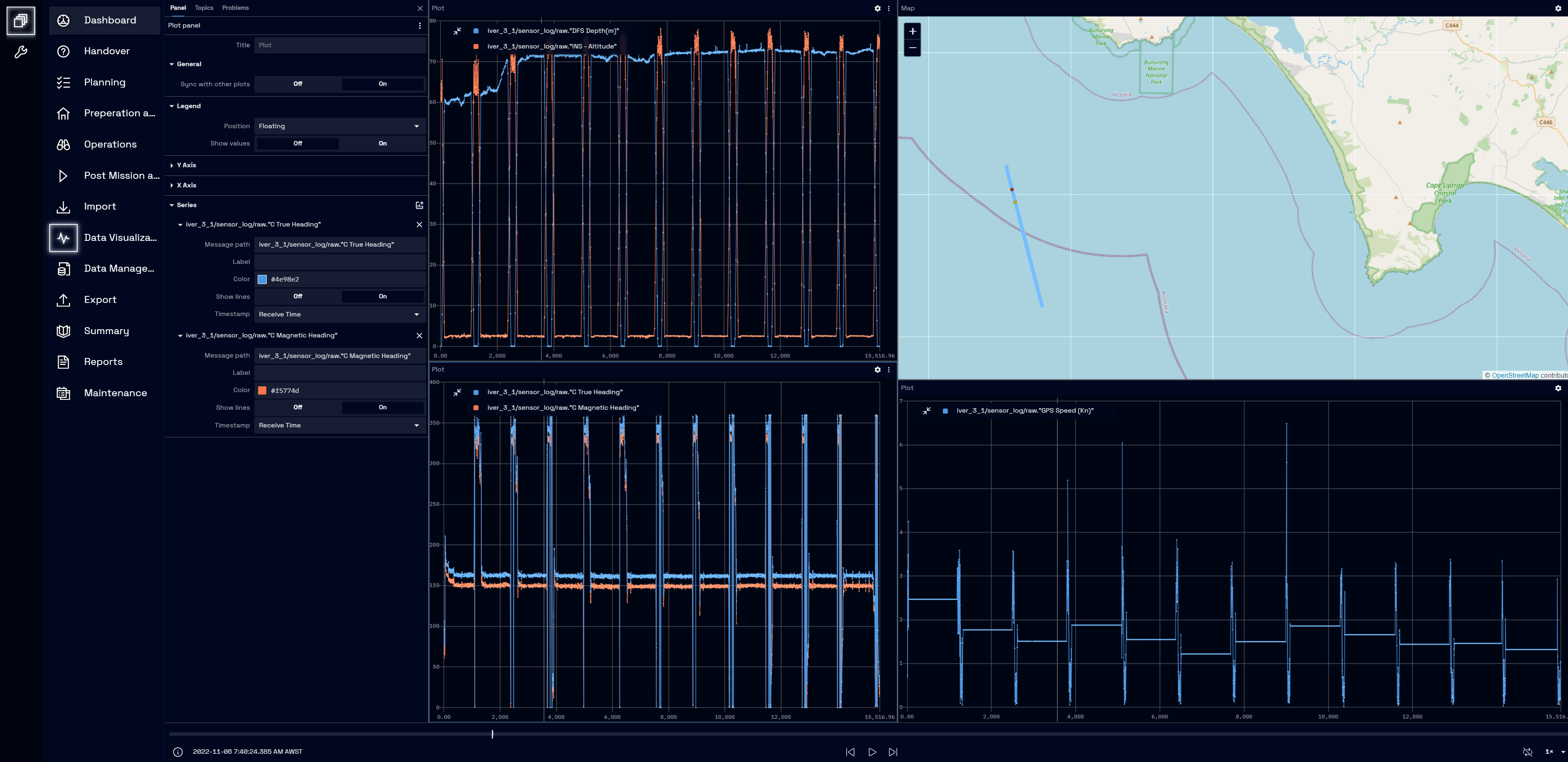
Analyse
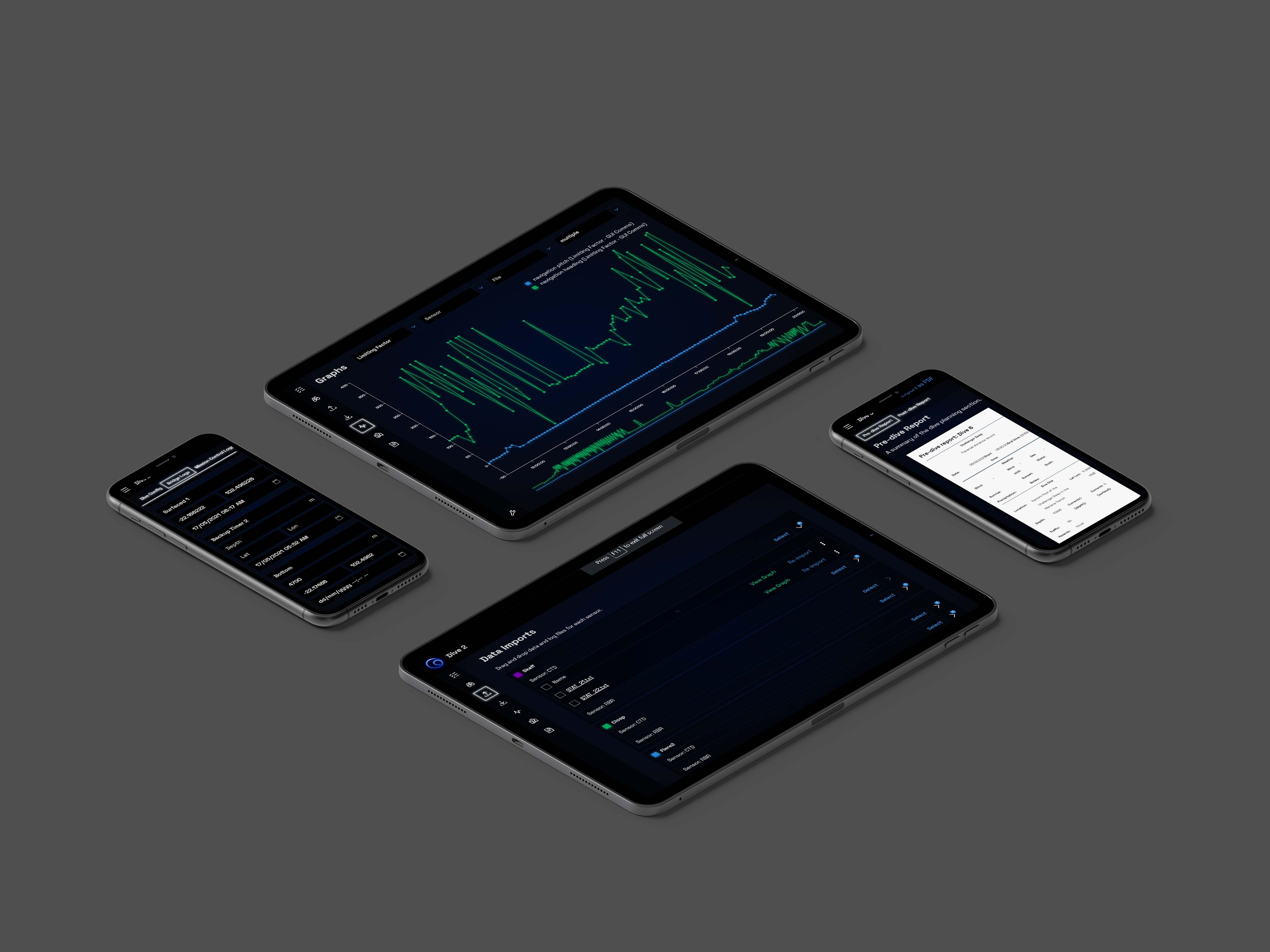
Accessible
Benefits
Unified Insights
By centralising maritime data, make quicker, more informed decisions to optimize operations.
Operational Smoothness
Seamless maritime workflows lead to reduced delays and improved task efficiency.
Accurate Decision Making
Use of real-time updated data ensures decisions are based on the most current information, minimizing errors.
Team Synergy
Enhanced collaborative tools foster better communication and teamwork, leading to faster, more efficient outcomes.
Reduced Rework
Streamlined data processes mean fewer inconsistencies, saving valuable time spent on corrections.
Time Efficiency
With automated processes, focus more on strategic operations and less on manual data corrections.
Quick Comprehension
Clear visualisations allow for a faster understanding of complex maritime scenarios, aiding in effective decision-making.
Streamlined Workflows
Consistent standardisation across operations simplifies processes and shortens the learning curve.
Operational Flexibility
The capability for customisation ensures the software meets specific operational needs, enhancing alignment with goals.
Future-Proof Operations
A digitisation focus prepares operations for smoother integrations with upcoming technological advancements.
Applications
In the news.
Greenroom Robotics x DSV Bakunawa
Greenroom Robotics travels to California to collaborate with one of our partners, Inkfish, in advancing deep sea technology.

Greenroom Robotics x Inkfish - Advancing Full Ocean Depth Technology Conference
Greenroom Robotics recently joined forces with industry leaders at the Advancing Full Ocean Depth Technology Conference, hosted by Inkfish

A New Wave: SubseaMMS Evolves into MarOps
Greenroom Robotics is thrilled to announce a significant update to one of its key products. The Subsea Mission Management System (SubseaMMS), a trusted and proven tool in the maritime industry, will now be known as MarOps, short for Maritime Operations System.

Greenroom Software enabling Deep Sea Exploration
Greenroom has successfully deployed our Mission Management Software aboard the DSSV Pressure Drop while supporting operations at sea following the refit of the DSV Limiting Factor in Fremantle, WA.
